Home>Gardening & Outdoor>Outdoor Structures>How To Lay Cinder Blocks For A Shed Foundation
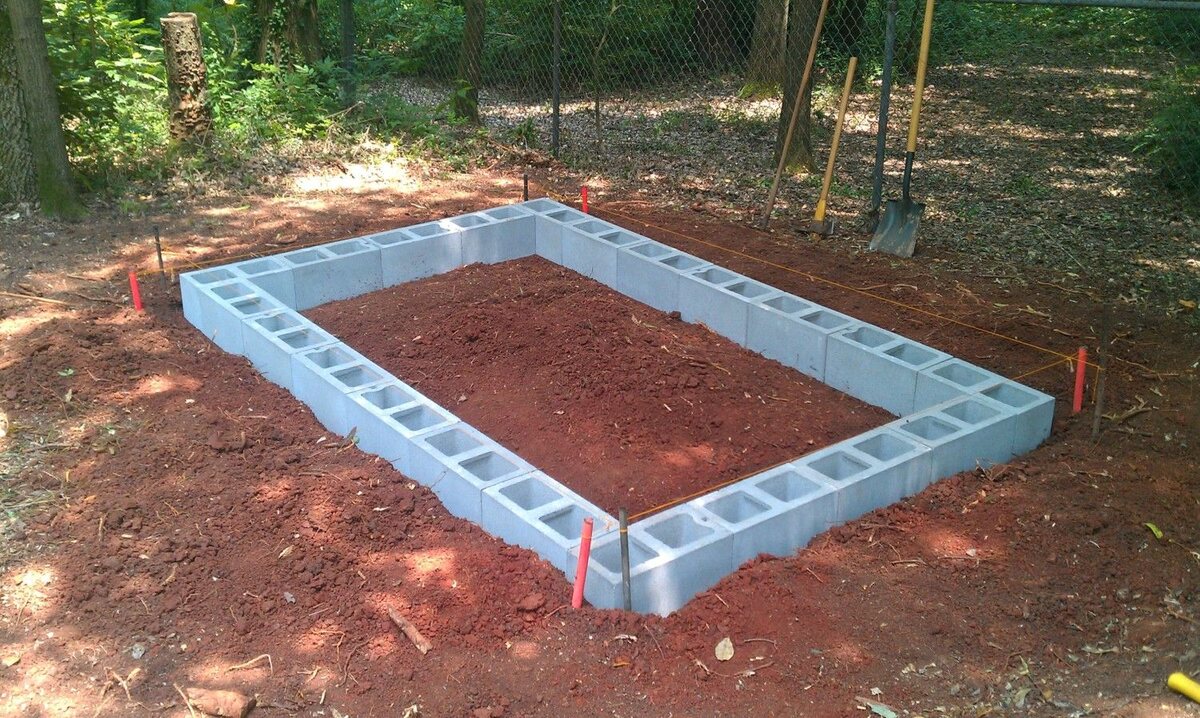

Outdoor Structures
How To Lay Cinder Blocks For A Shed Foundation
Modified: August 28, 2024
Learn how to properly lay cinder blocks for a sturdy shed foundation. Get expert tips for outdoor structures to ensure a durable and long-lasting base.
(Many of the links in this article redirect to a specific reviewed product. Your purchase of these products through affiliate links helps to generate commission for Storables.com, at no extra cost. Learn more)
Introduction
When it comes to constructing a sturdy and durable shed, the foundation is the cornerstone of the entire structure. A well-laid foundation provides stability, prevents settling, and ensures the longevity of the shed. One popular and cost-effective method for creating a solid shed foundation is using cinder blocks. In this comprehensive guide, we will walk through the step-by-step process of laying cinder blocks to create a reliable foundation for your shed.
Whether you're a seasoned DIY enthusiast or a novice looking to embark on your first outdoor construction project, mastering the art of laying cinder blocks for a shed foundation is a valuable skill. By following the guidelines outlined in this article, you'll gain the knowledge and confidence to tackle this essential aspect of shed construction.
From planning and preparation to the final inspection, each stage of the process plays a crucial role in ensuring that your shed's foundation is structurally sound and capable of withstanding the test of time. By understanding the intricacies of laying cinder blocks and implementing best practices, you'll set the stage for a successful and enduring shed foundation.
So, roll up your sleeves, gather your materials, and let's delve into the detailed steps required to lay cinder blocks for a shed foundation. With a bit of determination and the right guidance, you'll soon be on your way to creating a solid base for your shed that will serve you well for years to come.
Key Takeaways:
- Building a shed foundation with cinder blocks requires careful planning, precise leveling, and meticulous inspection for stability. It’s a journey of skill, determination, and the fulfillment of a vision.
- By laying cinder blocks for a shed foundation, you’re creating a resilient base that embodies strength, stability, and the promise of enduring functionality. It’s a testament to your dedication and craftsmanship.
Read more: How To Repair Cinder Block Foundation
Planning and Preparation
Before embarking on the task of laying cinder blocks for your shed foundation, it’s essential to start with a well-thought-out plan and thorough preparation. This initial phase sets the stage for a smooth and successful construction process.
Assess the Shed Location: Begin by carefully selecting the location for your shed. Consider factors such as the terrain, drainage, and proximity to trees and other structures. Ideally, the chosen site should be relatively level and well-drained to prevent water accumulation around the shed.
Check Local Building Codes: Research and familiarize yourself with the building codes and regulations in your area. Ensure that your shed’s foundation design complies with all applicable requirements. This step is crucial to avoid potential issues with local authorities down the line.
Gather Materials and Tools: Take inventory of the materials and tools needed for the project. In addition to cinder blocks, you will require a sturdy shovel, a level, gravel, and compacting equipment. Ensure that all necessary supplies are readily available before commencing the construction process.
Create a Detailed Blueprint: Develop a detailed blueprint or plan for your shed foundation. This should include precise measurements, the layout of the cinder blocks, and the overall design of the foundation. Having a clear blueprint will serve as a roadmap during the construction phase, minimizing errors and ensuring accuracy.
Consider Soil Stability: Assess the stability of the soil at the chosen site. If the soil is prone to shifting or settling, additional measures may be necessary to reinforce the foundation. Consult with a local expert if you have concerns about the soil’s stability and its impact on the shed’s foundation.
Allocate Sufficient Time: Allocate ample time for the planning and preparation phase. Rushing through this crucial stage can lead to oversights and potential complications during construction. Patience and thoroughness at this stage will contribute to a smoother and more efficient building process.
By diligently planning and preparing for the task ahead, you’ll establish a solid foundation in more ways than one. This thoughtful approach sets the stage for a successful cinder block foundation, laying the groundwork for the structural integrity and longevity of your shed.
Marking the Foundation Area
With the preliminary planning and preparation complete, the next crucial step in laying cinder blocks for a shed foundation is marking the designated area where the foundation will be constructed. This phase involves physically outlining the perimeter of the foundation to ensure precise placement and alignment of the cinder blocks.
Clear the Site: Begin by clearing the designated area of any debris, vegetation, or obstacles that may impede the foundation construction process. A clean and level work area is essential for accurate marking and subsequent excavation.
Use String and Stakes: Utilize string and stakes to outline the perimeter of the shed foundation. Drive stakes into the ground at the corners of the intended foundation, ensuring that they are securely anchored. Then, run string between the stakes to clearly demarcate the boundaries of the foundation area.
Verify Squareness and Alignment: Employ the 3-4-5 triangle method to verify that the foundation lines are square and accurately aligned. Measure and mark a point 3 feet from the corner along one string and 4 feet from the same corner along the adjacent string. The distance between these two points should be 5 feet if the corner is square. Adjust the string lines as needed to achieve proper alignment.
Double-Check Measurements: Take precise measurements to ensure that the marked foundation area aligns with the dimensions outlined in your blueprint. Accuracy at this stage is critical, as it sets the stage for the subsequent excavation and placement of the cinder blocks.
Consider Drainage and Runoff: Take into account the natural drainage patterns of the site when marking the foundation area. Position the foundation to facilitate proper water runoff and prevent the accumulation of standing water around the shed. This consideration contributes to the long-term stability and integrity of the shed’s foundation.
By meticulously marking the foundation area, you establish the groundwork for a precise and well-aligned foundation layout. This preparatory step paves the way for the subsequent excavation and construction phases, ensuring that the shed’s foundation is positioned and oriented with accuracy and foresight.
Excavating the Foundation
With the foundation area clearly marked, the next pivotal phase in laying cinder blocks for a shed foundation is the excavation process. This step involves carefully digging out the designated area to prepare it for the installation of the cinder blocks, ensuring a stable and level base for the shed.
Begin the Digging Process: Utilize a sturdy shovel or an excavator, if necessary, to start digging within the marked foundation area. Excavate the soil to the required depth, accounting for the thickness of the cinder blocks and the additional base materials that will be added to create a solid foundation.
Ensure Uniform Depth: Maintain a consistent depth across the entire foundation area to ensure a level base for the cinder blocks. Use a measuring tool or a designated depth marker to confirm that the excavation depth meets the specifications outlined in your shed foundation plan.
Address Soil Compaction: Compact the excavated soil using a compactor or tamper to enhance its stability and load-bearing capacity. Compaction minimizes the risk of settling and provides a firm base for the subsequent layers of gravel and cinder blocks.
Account for Drainage Needs: During the excavation process, consider the drainage requirements of the shed foundation. Create a slight slope or incorporate drainage channels to direct water away from the foundation area, preventing water accumulation and potential damage to the shed over time.
Remove Excess Soil: Dispose of the excavated soil responsibly, ensuring that it does not obstruct the construction site or impede the subsequent phases of the foundation installation. Clearing away excess soil contributes to a tidy and organized work environment.
Verify the Excavation Quality: Inspect the excavated foundation area to confirm that it meets the specified depth, alignment, and compaction requirements. Address any discrepancies or unevenness before proceeding to the next phase of the foundation construction.
The meticulous excavation of the foundation area sets the stage for a stable and resilient shed foundation. By paying careful attention to the depth, compaction, and drainage considerations during this phase, you lay the groundwork for a reliable base that will support your shed for years to come.
Leveling the Ground
After excavating the foundation area, the next critical step in the process of laying cinder blocks for a shed foundation is leveling the ground. This phase focuses on achieving a uniformly flat and even surface to support the cinder blocks, ensuring stability and structural integrity for the entire foundation.
Remove Debris and Obstructions: Prior to leveling the ground, thoroughly clear the excavated area of any remaining debris, rocks, or obstructions that could hinder the leveling process. A clean and obstacle-free surface is essential for achieving an even foundation base.
Spread a Layer of Gravel: Begin by spreading a layer of gravel over the excavated area. The gravel serves as a base material, aiding in drainage, promoting stability, and mitigating the risk of soil settling over time. Distribute the gravel evenly to create a uniform foundation base.
Compact the Gravel: Utilize a compactor or tamper to compact the layer of gravel thoroughly. Compaction enhances the stability of the foundation base, minimizing the potential for shifting or settling once the cinder blocks are in place. Pay particular attention to achieving uniform compaction across the entire foundation area.
Use a Leveling Tool: Employ a reliable leveling tool, such as a carpenter’s level or a laser level, to ensure that the surface of the compacted gravel is uniformly flat and level. Adjust the gravel layer as needed to achieve the desired levelness, taking care to eliminate any uneven spots or high points.
Verify Alignment and Slope: Confirm that the leveled ground aligns with the designated layout and slope requirements outlined in your shed foundation plan. Attention to alignment and slope is crucial for proper water runoff and the overall stability of the shed foundation.
Address Any Irregularities: Identify and address any irregularities or discrepancies in the leveled ground, making necessary adjustments to achieve a consistently flat and even surface. Thoroughness at this stage contributes to the overall quality and longevity of the shed foundation.
By meticulously leveling the ground and ensuring a uniform foundation base, you establish the groundwork for a stable and durable shed foundation. This phase sets the stage for the precise placement of the cinder blocks, laying the foundation for a robust and reliable structure.
When laying cinder blocks for a shed foundation, make sure to level the ground first, use a string line for straightness, and stagger the blocks for stability.
Read more: How Many Concrete Blocks For Shed Foundation
Laying the First Row of Cinder Blocks
With the ground leveled and prepared, the next pivotal phase in constructing a shed foundation using cinder blocks is the precise placement of the first row of blocks. This foundational row serves as the initial building block, providing the framework for the entire foundation structure.
Positioning the First Blocks: Begin by carefully placing the first row of cinder blocks along the perimeter of the leveled foundation area. Ensure that the blocks are aligned according to the layout and dimensions specified in your shed foundation plan, taking into account any door or window openings.
Use a String Line as a Guide: Employ a taut string line to maintain alignment and straightness as you position the first row of cinder blocks. The string line serves as a visual guide, allowing for precise placement and ensuring that the blocks are uniformly positioned along the foundation perimeter.
Verify Levelness: Use a reliable level to confirm that each cinder block is level from front to back and side to side. Adjust the positioning of the blocks as necessary to achieve uniform levelness across the entire first row. Attention to levelness at this stage is crucial for the stability and integrity of the foundation structure.
Secure the Blocks in Place: Once the first row of cinder blocks is positioned and verified for levelness, use a rubber mallet to gently tap the blocks into place, ensuring a snug and secure fit. Confirm that the blocks are tightly abutted against each other, creating a solid and continuous base for the shed foundation.
Check for Alignment and Spacing: Regularly assess the alignment and spacing of the cinder blocks as you progress along the foundation perimeter. Adjust the positioning as needed to maintain consistent alignment and spacing, adhering to the specifications outlined in your shed foundation plan.
Confirm Corner Squareness: Utilize the 3-4-5 triangle method to verify that the corners formed by the first row of cinder blocks are square and accurately aligned. This step ensures that the foundation structure maintains proper squareness and geometry, contributing to its overall stability and uniformity.
By meticulously laying the first row of cinder blocks, you establish the foundational layer of the shed foundation with precision and care. This critical phase sets the stage for the seamless addition of subsequent rows, laying the groundwork for a robust and enduring foundation structure.
Adding Subsequent Rows of Cinder Blocks
With the first row of cinder blocks securely in place, the progression to adding subsequent rows marks a pivotal phase in the construction of a solid shed foundation. Each additional row builds upon the foundation’s stability, contributing to the overall structural integrity and load-bearing capacity of the foundation.
Stacking the Second Row: Carefully position the second row of cinder blocks atop the first row, ensuring that the blocks are aligned with the layout and dimensions specified in your shed foundation plan. Use a level to confirm that the second row maintains the desired levelness and alignment.
Applying Mortar (Optional): Depending on the design and requirements of your shed foundation, you may choose to apply a thin layer of mortar between the first and second rows of cinder blocks. Mortar enhances the stability and bonding of the blocks, providing additional strength to the foundation structure.
Ensuring Vertical Alignment: Confirm that the second row of cinder blocks is vertically aligned with the first row, maintaining a consistent and plumb orientation. Use a level to verify the vertical alignment of each block, making adjustments as necessary to achieve uniformity.
Continuing the Stacking Process: Progressively add subsequent rows of cinder blocks, ensuring that each block is securely positioned and aligned with the preceding row. Regularly assess the levelness, alignment, and vertical orientation of the blocks as you build upward, maintaining meticulous attention to detail.
Securing the Blocks in Place: As each row is added, use a rubber mallet to gently tap the blocks into position, ensuring a snug and secure fit. Confirm that the blocks are tightly abutted against each other, creating a solid and continuous structure for the shed foundation.
Inspecting for Uniformity: Regularly inspect the entire assembly of cinder blocks to verify that the rows are uniform in levelness, alignment, and spacing. Address any discrepancies or irregularities promptly, ensuring that the foundation structure maintains consistency and stability.
By methodically adding subsequent rows of cinder blocks, you build upon the foundation’s strength and resilience, creating a robust base for the shed. This iterative process contributes to the overall stability and load-bearing capacity of the foundation, setting the stage for the shed’s enduring structure.
Filling the Cinder Block Holes
As the construction of the shed foundation using cinder blocks progresses, the next essential step involves filling the cinder block cores or voids. This phase contributes to the overall stability, strength, and resistance of the foundation, ensuring that the cinder blocks function cohesively as a unified structure.
Choosing Suitable Fill Material: Select a suitable fill material, such as concrete grout or mortar mix, to fill the cores of the cinder blocks. The chosen material should possess the necessary strength and durability to enhance the structural integrity of the foundation.
Preparing the Fill Mixture: Follow the manufacturer’s instructions to prepare the concrete grout or mortar mix to the appropriate consistency. Ensure that the mixture is well-blended and free of lumps, ready for application within the cinder block cores.
Applying the Fill Material: Carefully pour the prepared fill material into the cores of the cinder blocks, ensuring that each core is uniformly filled to the top. Use a trowel or a similar tool to guide the fill material into the cores, minimizing air pockets and ensuring thorough coverage.
Leveling and Smoothing: Once the cores are filled, use a trowel to level and smooth the surface of the fill material, creating a flush and uniform finish. Attention to detail at this stage contributes to the overall aesthetics and functionality of the filled cinder block cores.
Allowing for Set Time: Follow the recommended set time provided by the manufacturer to allow the fill material to cure and achieve its full strength. Patience during this phase is crucial to ensure that the filled cores attain the necessary stability and cohesion within the cinder blocks.
Inspecting the Filled Cores: After the fill material has set, inspect the filled cores to confirm that they are uniformly filled and free of any imperfections. Address any irregularities or deficiencies to ensure that the filled cores contribute to the overall strength and stability of the shed foundation.
By meticulously filling the cinder block cores with a suitable material, you enhance the structural integrity and load-bearing capacity of the shed foundation. This phase contributes to the cohesion and resilience of the cinder blocks, reinforcing the foundation’s ability to withstand the test of time.
Checking for Level and Stability
As the construction of the shed foundation nears completion, the critical phase of checking for levelness and stability becomes paramount. This meticulous inspection ensures that the foundation is structurally sound, level, and capable of providing a stable base for the shed’s structure.
Utilizing a Reliable Level: Employ a high-quality level to meticulously assess the levelness of the entire foundation structure. Verify that both the horizontal and vertical surfaces of the cinder blocks are level, making adjustments as needed to achieve uniformity.
Addressing Unevenness: If any areas of the foundation exhibit unevenness or discrepancies in levelness, take the necessary measures to rectify these issues. This may involve adjusting the positioning of individual cinder blocks or making strategic alterations to achieve overall levelness.
Assessing Stability and Load-Bearing Capacity: Confirm that the shed foundation exhibits the necessary stability and load-bearing capacity to support the intended structure. Inspect the entire foundation for signs of shifting, settling, or instability, addressing any concerns to fortify the foundation’s resilience.
Verifying Corner Squareness: Revisit the 3-4-5 triangle method to verify that the corners of the foundation structure maintain proper squareness and alignment. This step ensures that the foundation’s geometry is consistent and contributes to its overall stability.
Inspecting Filled Cores and Joints: Thoroughly inspect the filled cores of the cinder blocks, ensuring that the fill material has cured uniformly and contributes to the stability of the foundation. Additionally, assess the joints between the cinder blocks to confirm their integrity and strength.
Addressing Drainage and Runoff: Verify that the shed foundation is designed to facilitate proper water runoff and drainage, minimizing the risk of water accumulation and potential damage to the structure over time. Attention to drainage contributes to the long-term stability of the foundation.
Seeking Professional Input if Needed: If uncertainties persist regarding the levelness or stability of the shed foundation, consider seeking input from a qualified professional. An expert assessment can provide valuable insights and recommendations to address any potential concerns.
By meticulously checking for levelness and stability, you ensure that the shed foundation is poised to provide a reliable and enduring base for the structure. This comprehensive inspection phase sets the stage for the successful completion of the foundation, laying the groundwork for the shed’s long-term stability and functionality.
Conclusion
Congratulations on successfully navigating the comprehensive process of laying cinder blocks for a sturdy and reliable shed foundation. From the initial planning and preparation to the meticulous construction and inspection phases, you’ve embarked on a journey that culminates in the creation of a resilient base for your shed.
Throughout this endeavor, you’ve embraced the importance of meticulous planning and thorough preparation, recognizing that these initial stages lay the groundwork for a successful construction project. By carefully marking the foundation area, excavating and leveling the ground, and methodically laying the cinder blocks, you’ve established a solid and level foundation that forms the backbone of the shed’s structure.
As you progressed to filling the cinder block cores and conducting meticulous checks for levelness and stability, you demonstrated a commitment to precision and attention to detail. These efforts have contributed to the creation of a foundation that embodies strength, stability, and the capacity to withstand the test of time.
As you stand back and admire the completed shed foundation, take pride in the knowledge that you’ve equipped your outdoor space with a reliable structure that will serve as the cornerstone for future endeavors. The shed foundation you’ve meticulously constructed embodies resilience, stability, and the promise of enduring functionality.
Whether you’re utilizing the shed for storage, as a workshop, or as a creative space, the foundation you’ve crafted provides a solid and dependable base for your activities. As you move forward with the next phases of your outdoor projects, you can do so with the confidence that your shed foundation stands as a testament to your dedication and craftsmanship.
Embrace the lessons learned and the skills honed throughout this process, recognizing that the construction of a shed foundation using cinder blocks is not merely a task, but a journey of skill, determination, and the fulfillment of a vision. Your commitment to excellence has resulted in a foundation that embodies the promise of enduring strength and stability.
As you look ahead to the next chapters of your outdoor endeavors, may the foundation you’ve constructed serve as a steadfast and unwavering support, empowering you to bring your visions to life and create lasting memories in your outdoor space.
Frequently Asked Questions about How To Lay Cinder Blocks For A Shed Foundation
Was this page helpful?
At Storables.com, we guarantee accurate and reliable information. Our content, validated by Expert Board Contributors, is crafted following stringent Editorial Policies. We're committed to providing you with well-researched, expert-backed insights for all your informational needs.

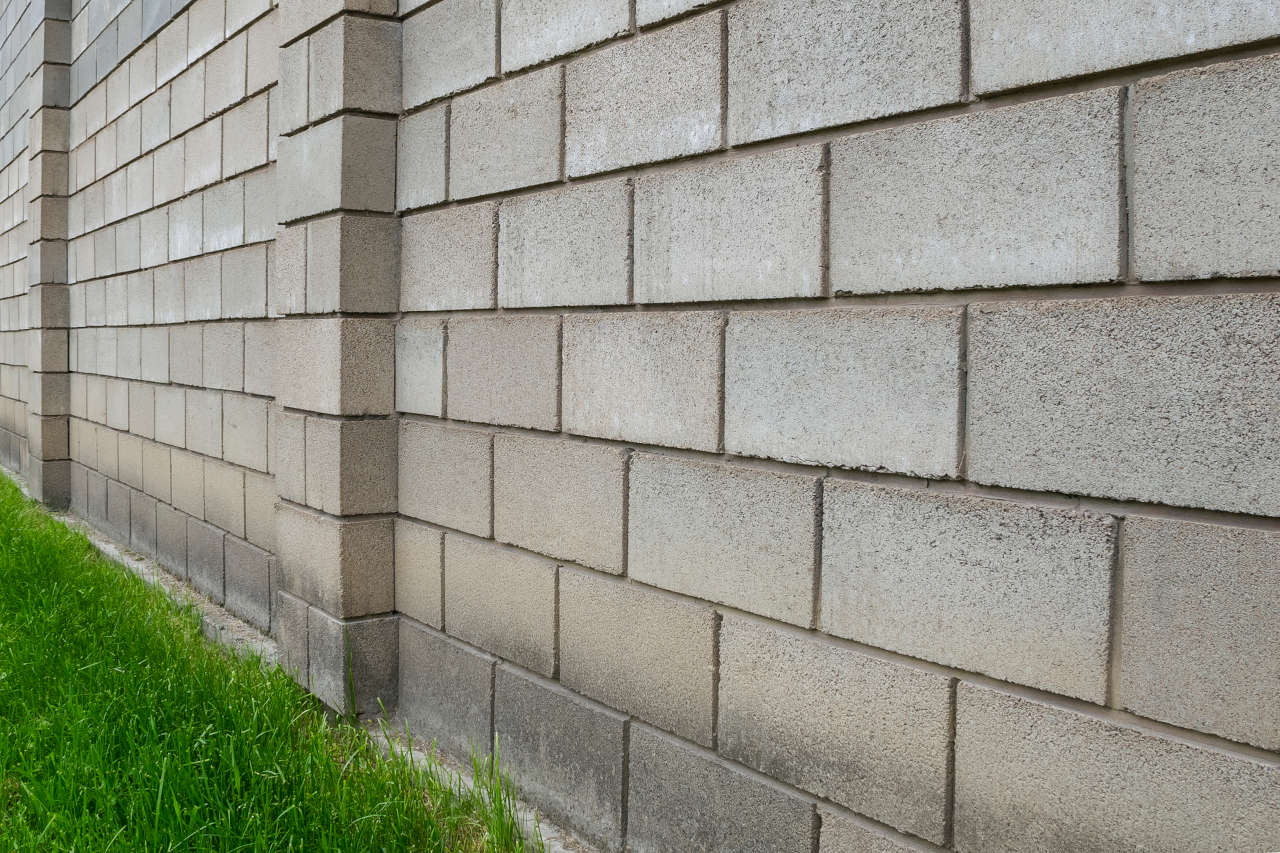
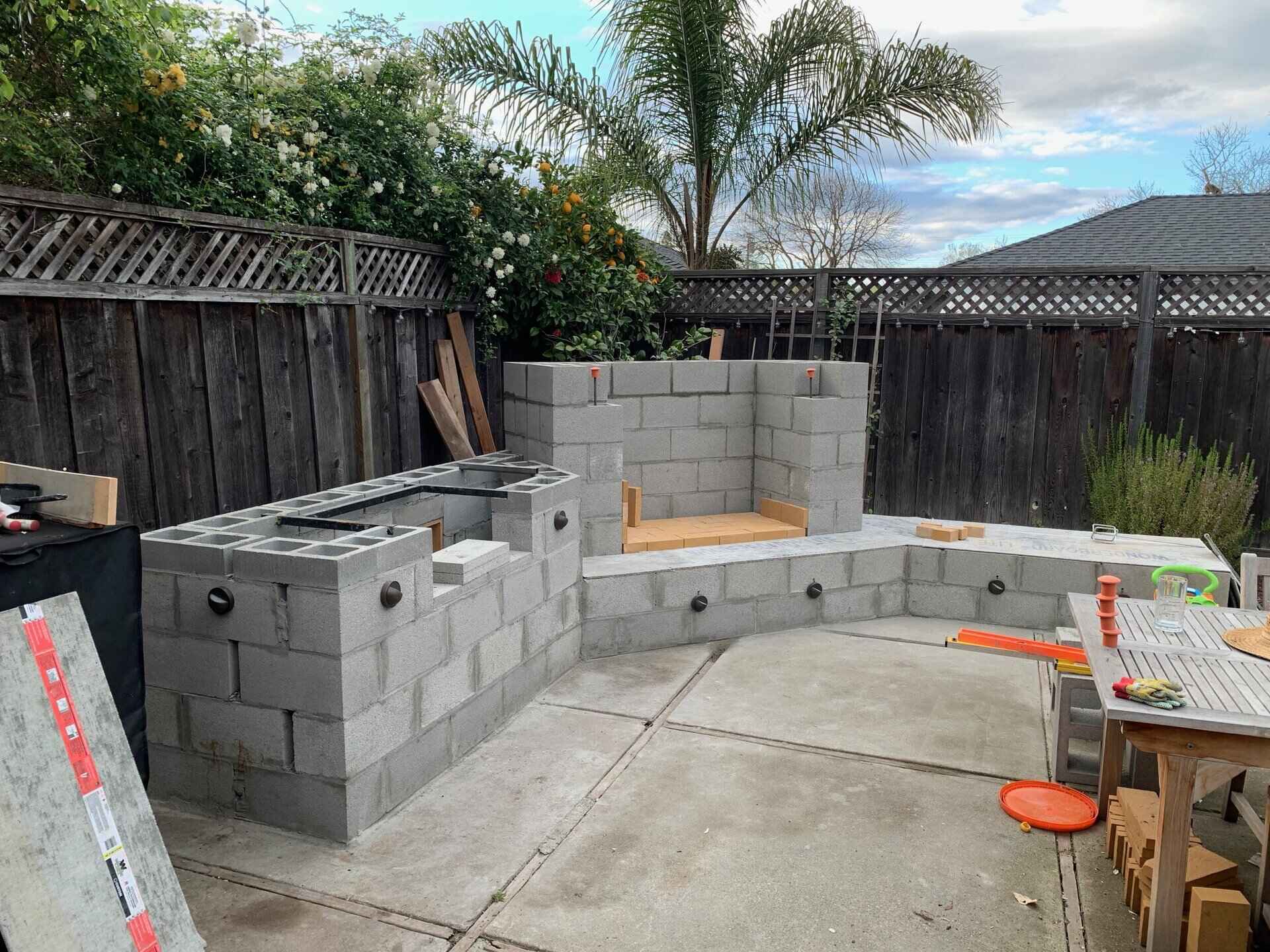
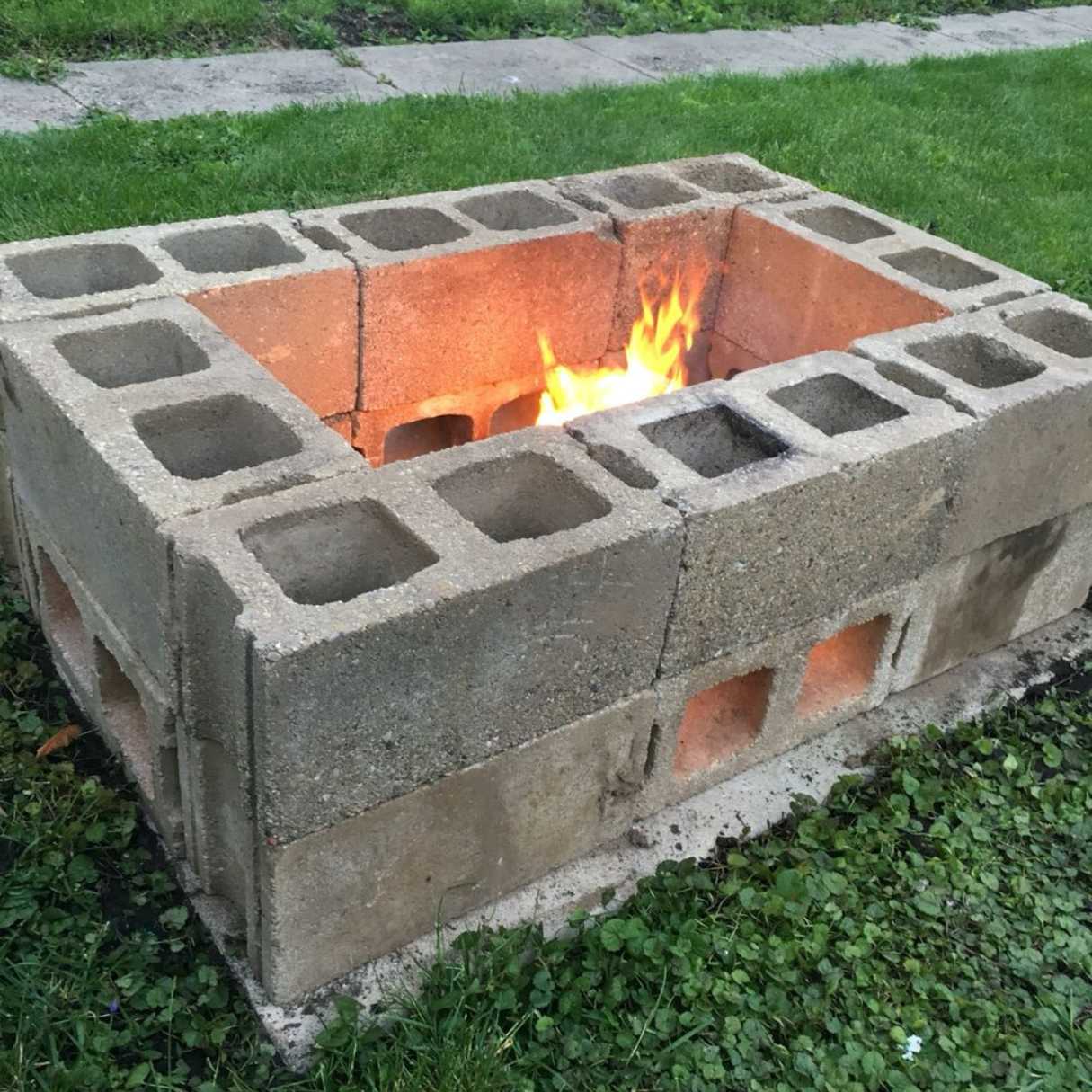
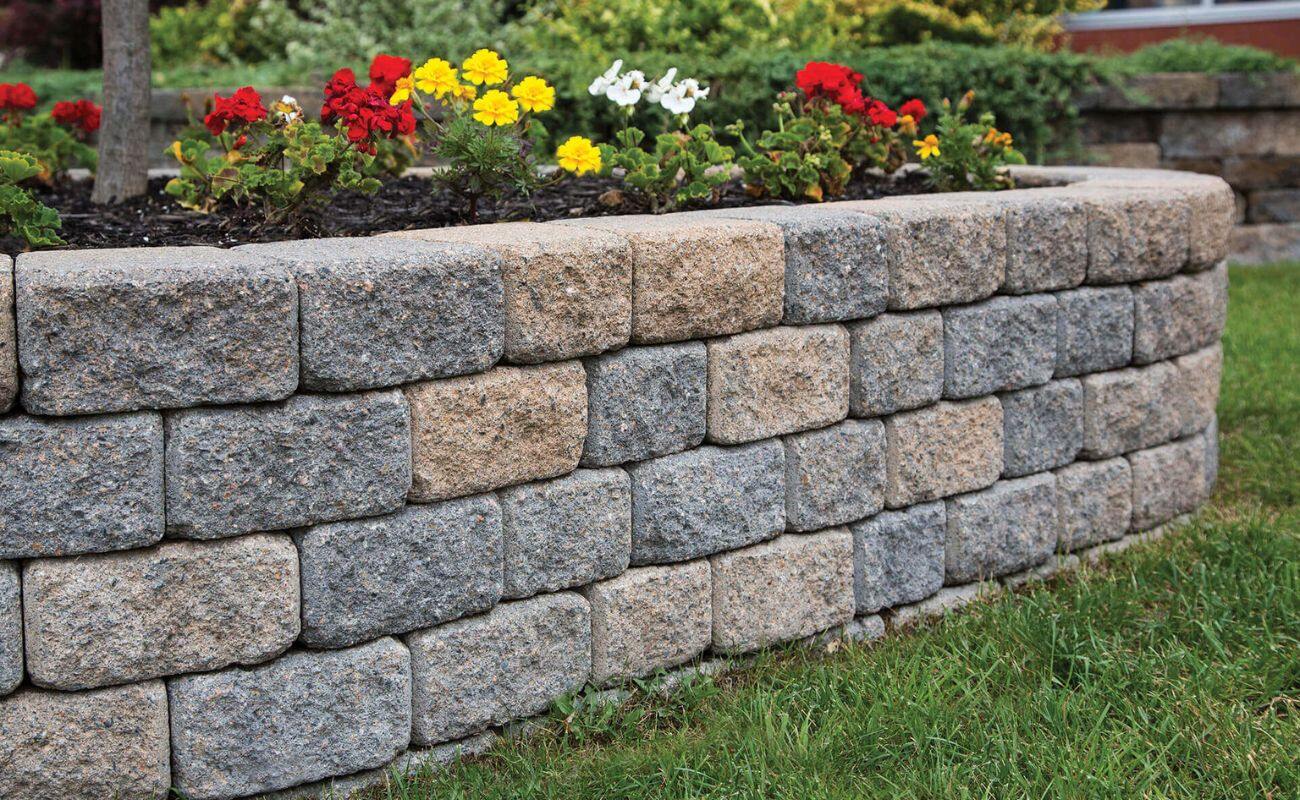
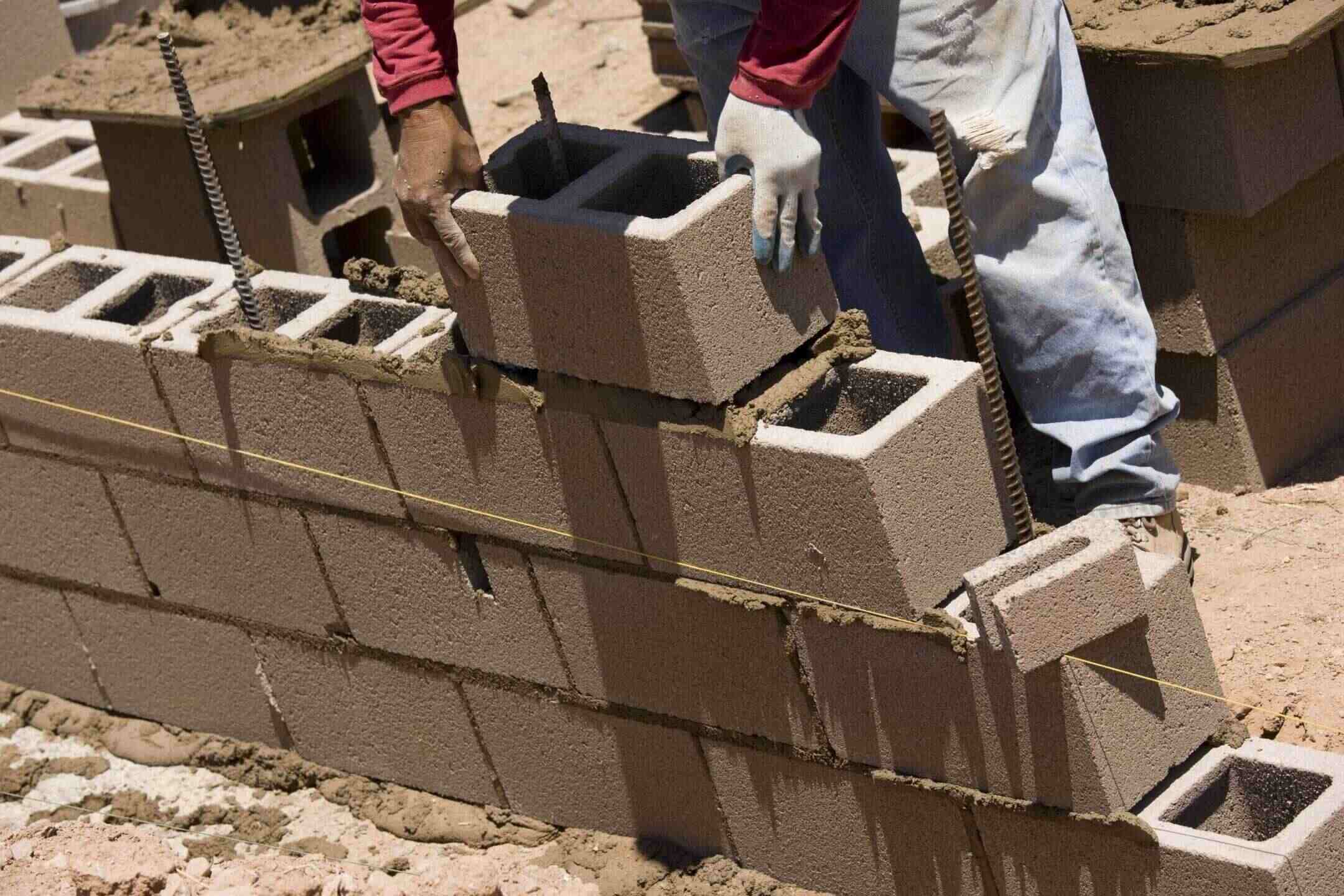
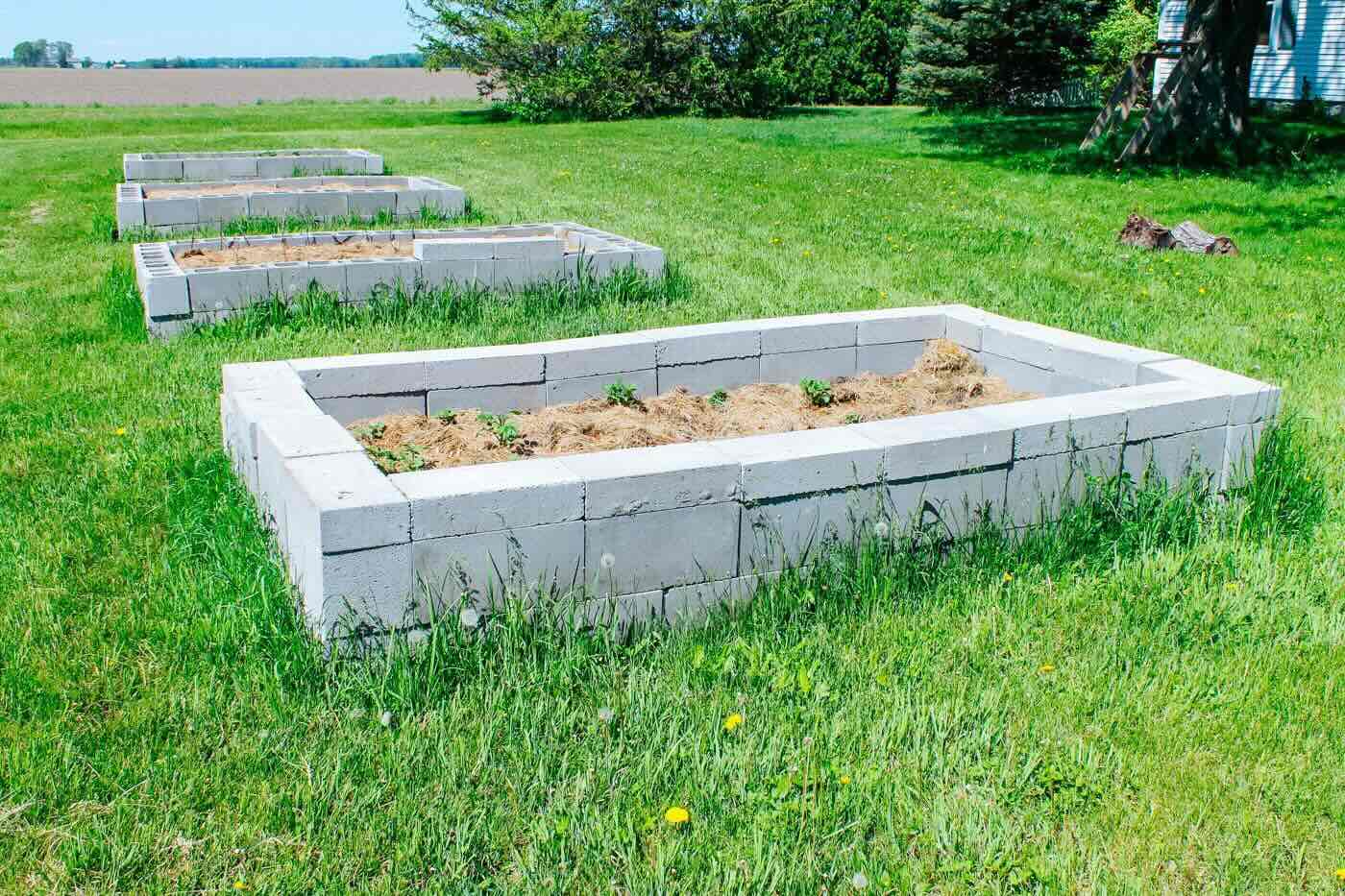
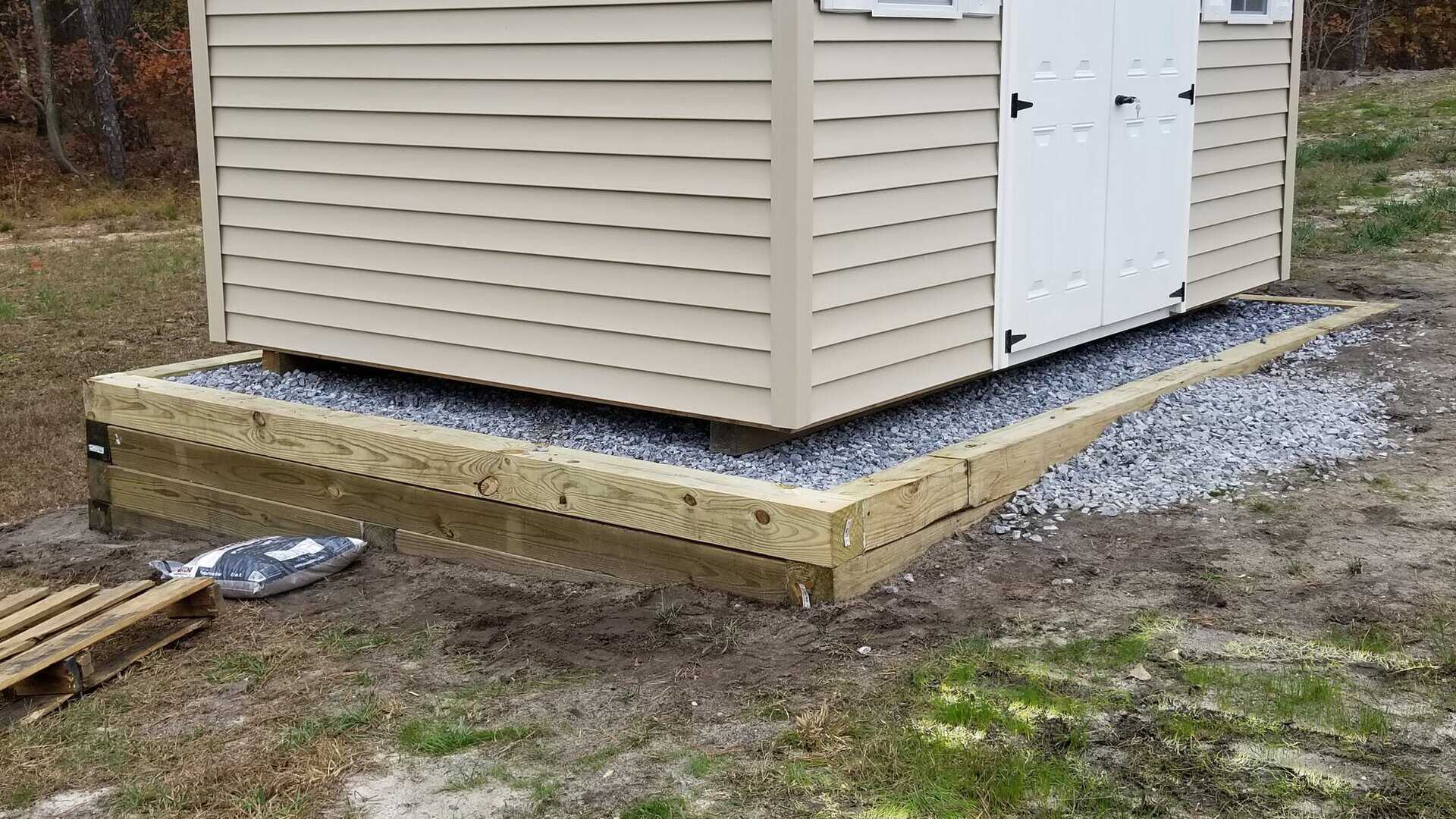
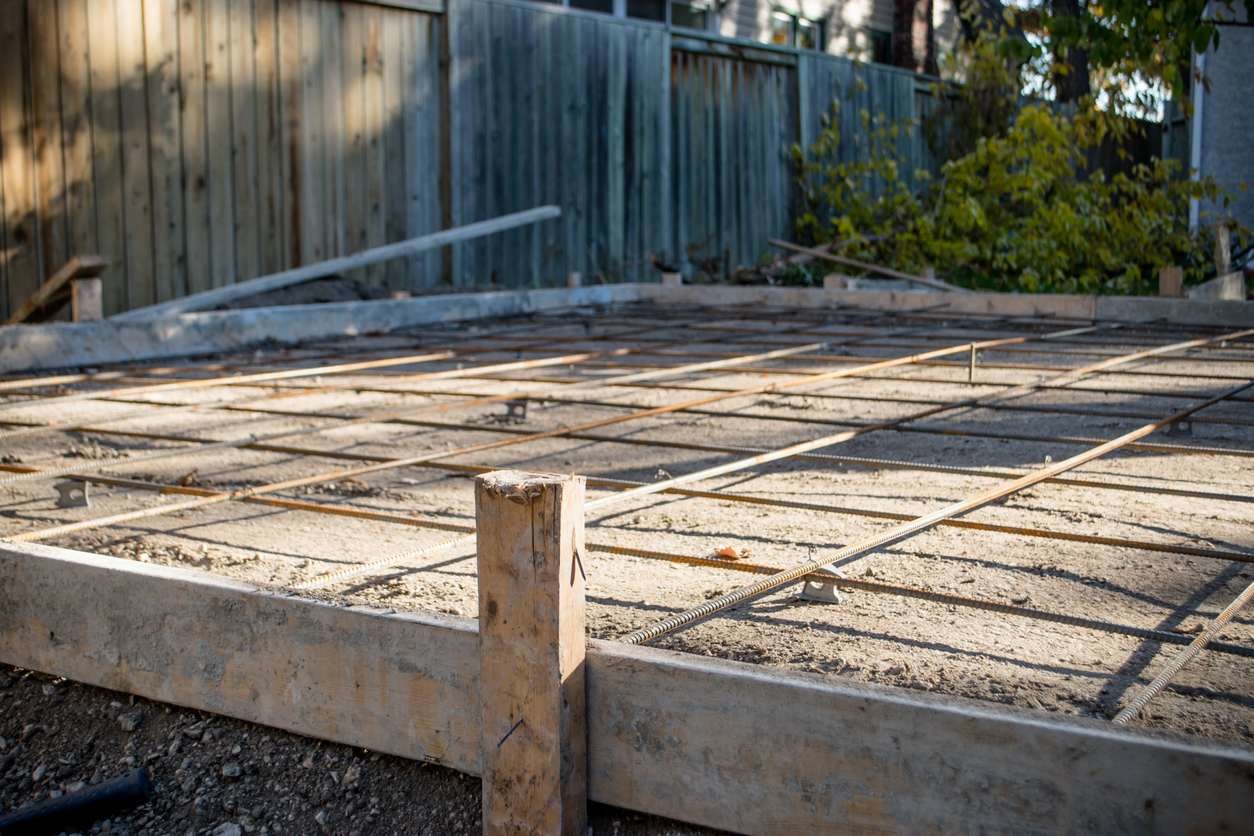

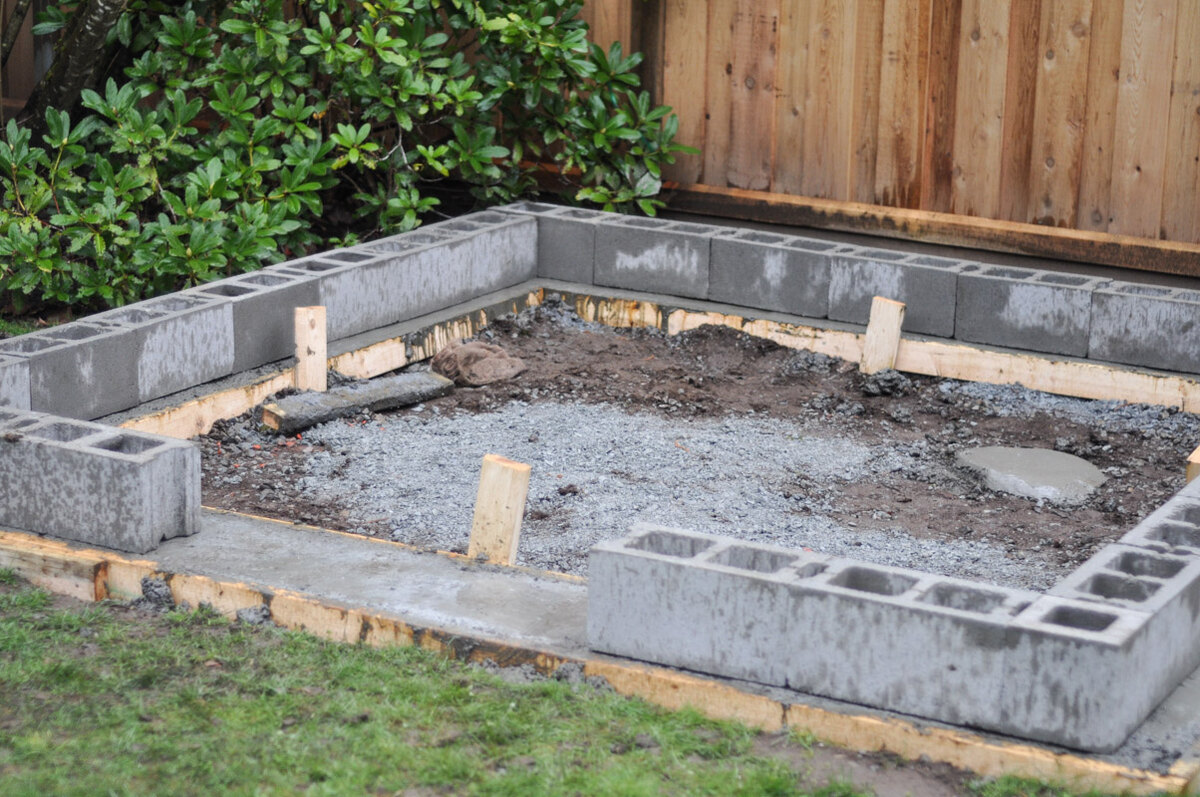
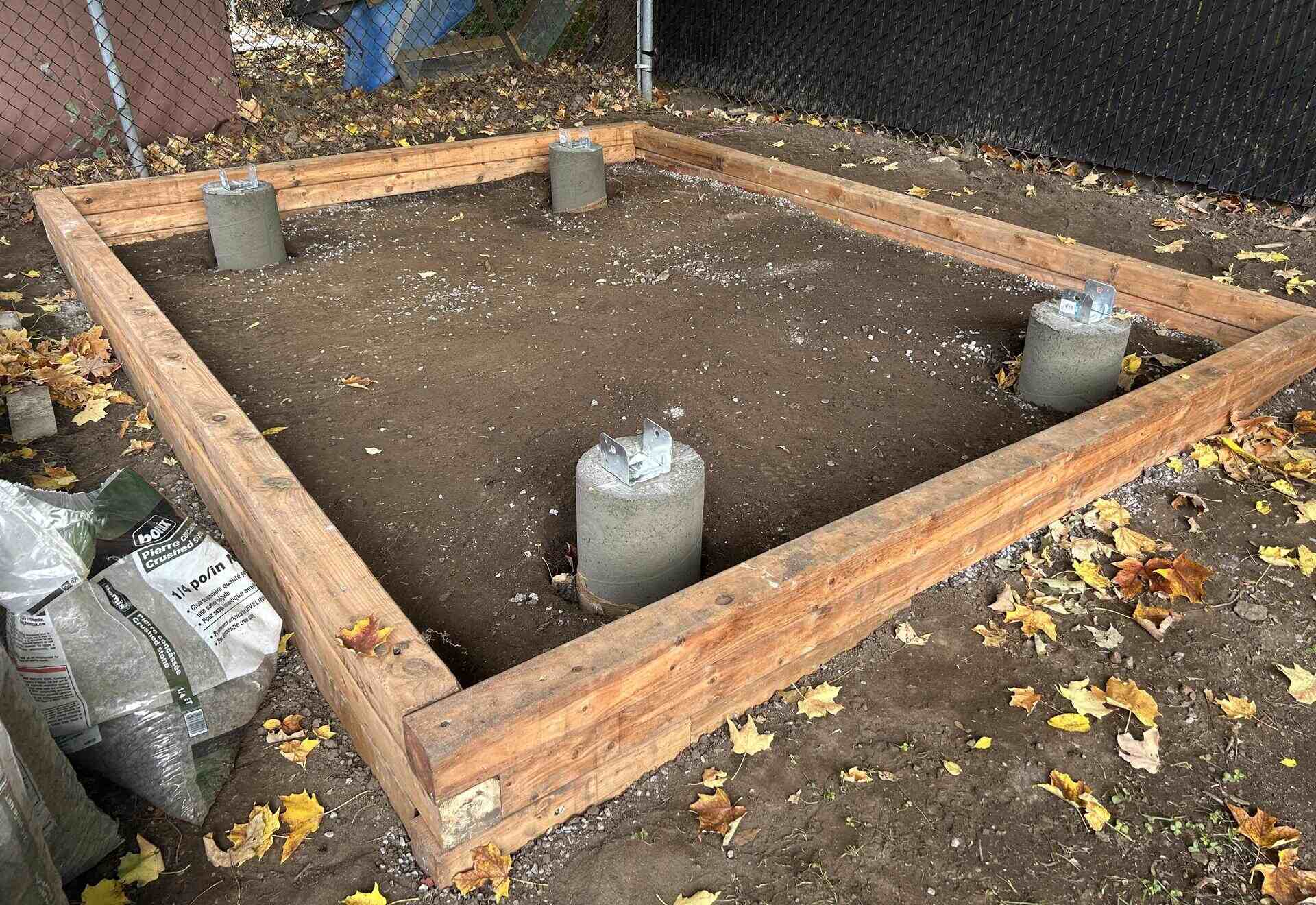
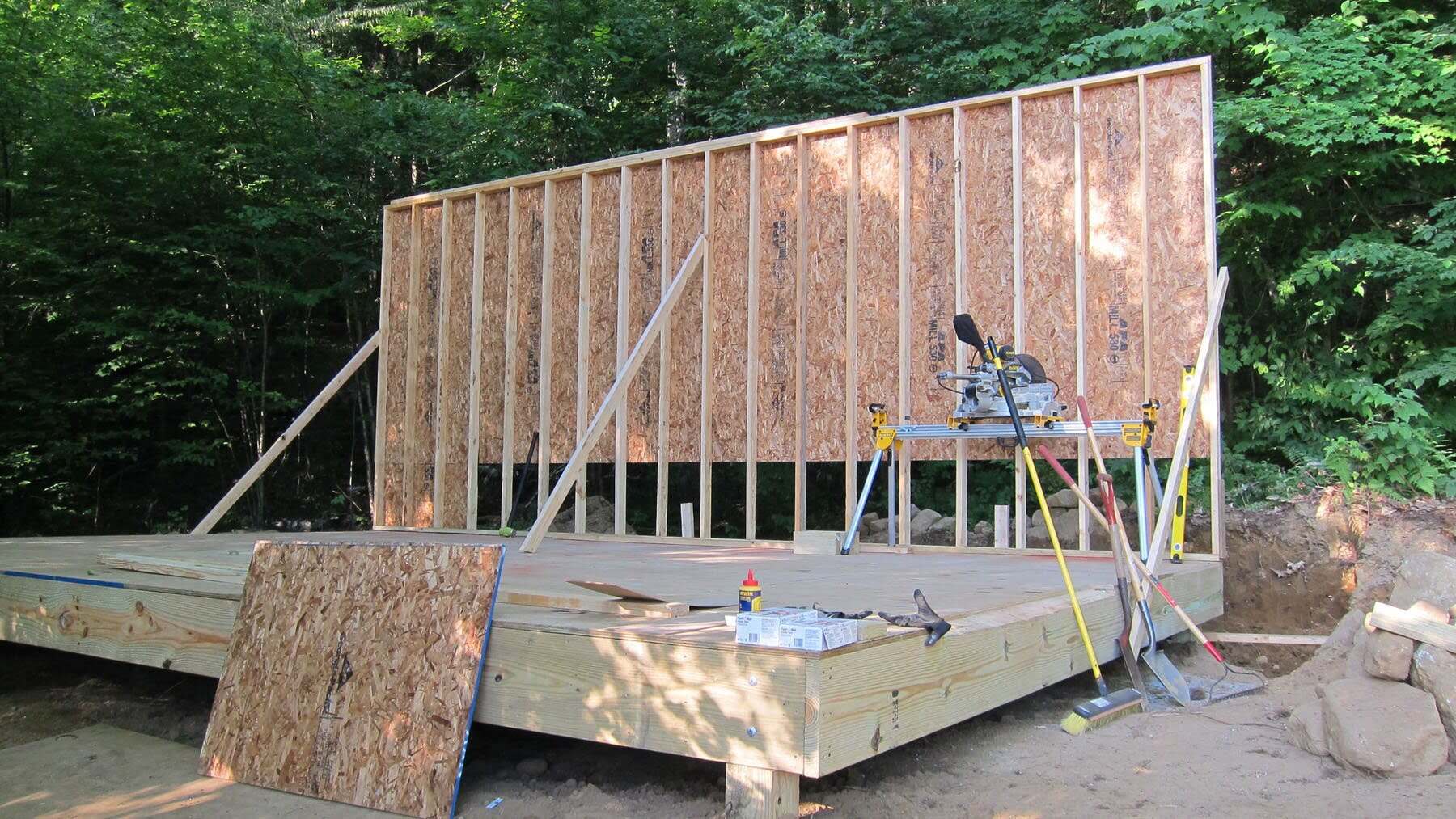

0 thoughts on “How To Lay Cinder Blocks For A Shed Foundation”